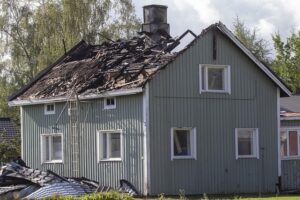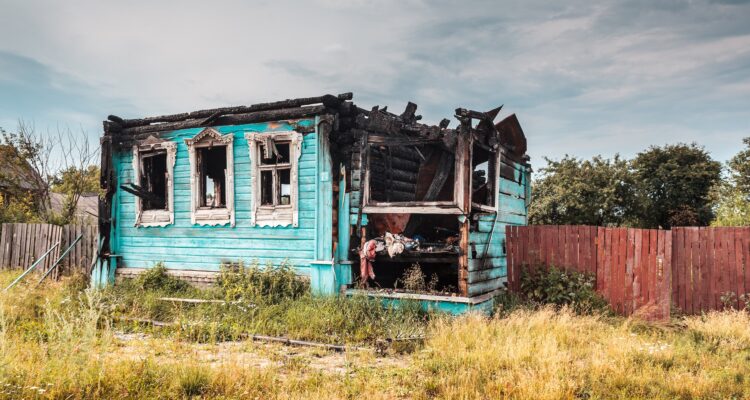Dealing with a fire in your home can be an overwhelming experience, but fear not. With the right knowledge and resources, you can successfully navigate the journey of restoring your house to its former glory. First off, note that you have an option for quick cash. Read more about it in the article “How to Get Cash for Your Fire Damaged House.”
But if you still want to live in it, it’s time for restoration. This post will guide you through a comprehensive checklist that covers all aspects of fire-damaged house restoration. Let’s begin.
Professional Assessment and Safety Measures
 The first step in restoring a fire-damaged house is to enlist the help of professionals who specialize in assessing the extent of the damage. These guys will conduct a thorough inspection of your property, identifying structural issues, electrical hazards, and potential health risks. During this assessment phase, it’s crucial to prioritize safety above all else.
The first step in restoring a fire-damaged house is to enlist the help of professionals who specialize in assessing the extent of the damage. These guys will conduct a thorough inspection of your property, identifying structural issues, electrical hazards, and potential health risks. During this assessment phase, it’s crucial to prioritize safety above all else.
The professionals will determine if the property is safe for occupancy or if temporary relocation is necessary. They will also assess any lingering smoke and soot residue that may pose respiratory risks.
Cleaning and Decontamination
After the initial assessment, begin thoroughly cleaning and sanitizing the affected areas to remove any soot, smoke residue, and potentially harmful contaminants. That said, it’s a must to wear appropriate PPE while performing cleaning tasks. This ensures your safety against potential health hazards from exposure to chemicals or airborne particles. Next, start by removing any loose debris or charred materials from the premises. Additionally, don’t forget about air ducts and HVAC systems that may have been contaminated during the fire incident. For items that cannot be salvaged through traditional cleaning methods due to severe damage or contamination risks (such as upholstery or carpeting), consider professional dry-cleaning or steam-cleaning services specifically tailored for fire restoration purposes.
Repairs and Reconstruction Project
Once the cleaning and decontamination process is complete, it’s time to focus on the repairs and reconstruction of your fire-damaged house. This stage requires careful planning and skilled professionals to ensure that all necessary repairs are carried out efficiently. The first step in the repairs process is assessing the structural damage caused by the fire. A professional contractor will thoroughly inspect your home to determine which areas need repair or reconstruction. They will create a detailed plan outlining what needs to be done, including obtaining permits if required. Next, any damaged materials, such as walls, flooring, or roofing, will be removed and replaced with new ones. In addition to structural repairs, electrical systems may need attention as well. The wiring may have been damaged during the fire or by water used for firefighting efforts. An electrician can assess these issues and make any necessary repairs or replacements.
Personal Belongings and Interior Restoration
 The damage caused by flames, smoke, and water can leave you feeling helpless, but with the right steps in place, you can restore what was lost. It is crucial to take an inventory of all your belongings that have been damaged or destroyed. This will help you when filing insurance claims and determining what items need immediate attention.
The damage caused by flames, smoke, and water can leave you feeling helpless, but with the right steps in place, you can restore what was lost. It is crucial to take an inventory of all your belongings that have been damaged or destroyed. This will help you when filing insurance claims and determining what items need immediate attention.
Professional restoration companies can assist you in this process by assessing the extent of damage and providing advice on salvageable items. Next comes the cleaning and decontamination phase. Once everything has been cleaned thoroughly, repairs and reconstruction can begin. This may involve replacing drywall, repainting walls and ceilings, and installing new flooring or carpeting if necessary. Restoring a fire-damaged house is undoubtedly a challenging and complex process. However, with the right approach and professional assistance, it can be accomplished successfully. Remember to prioritize safety during every step of the restoration journey.…

